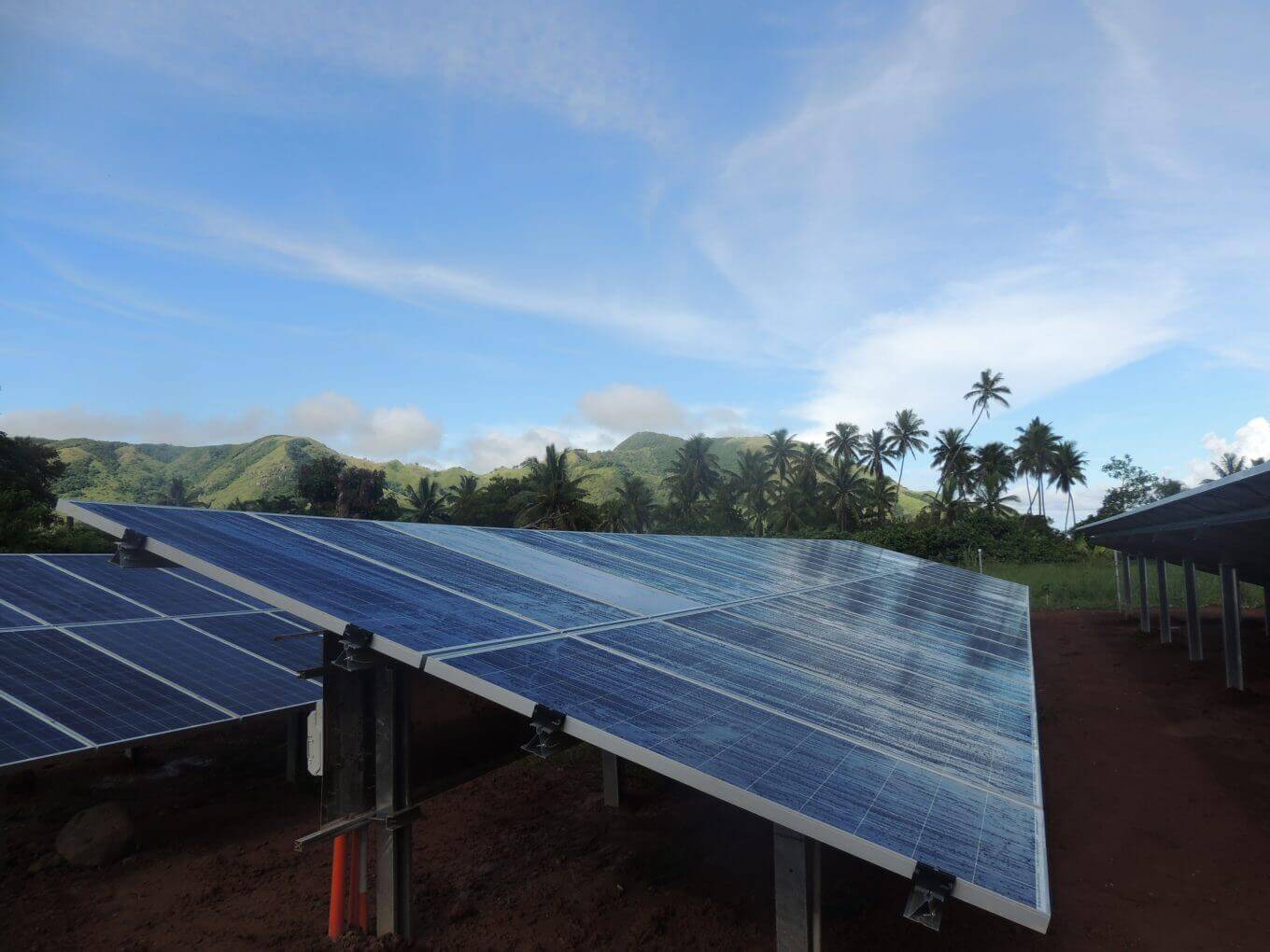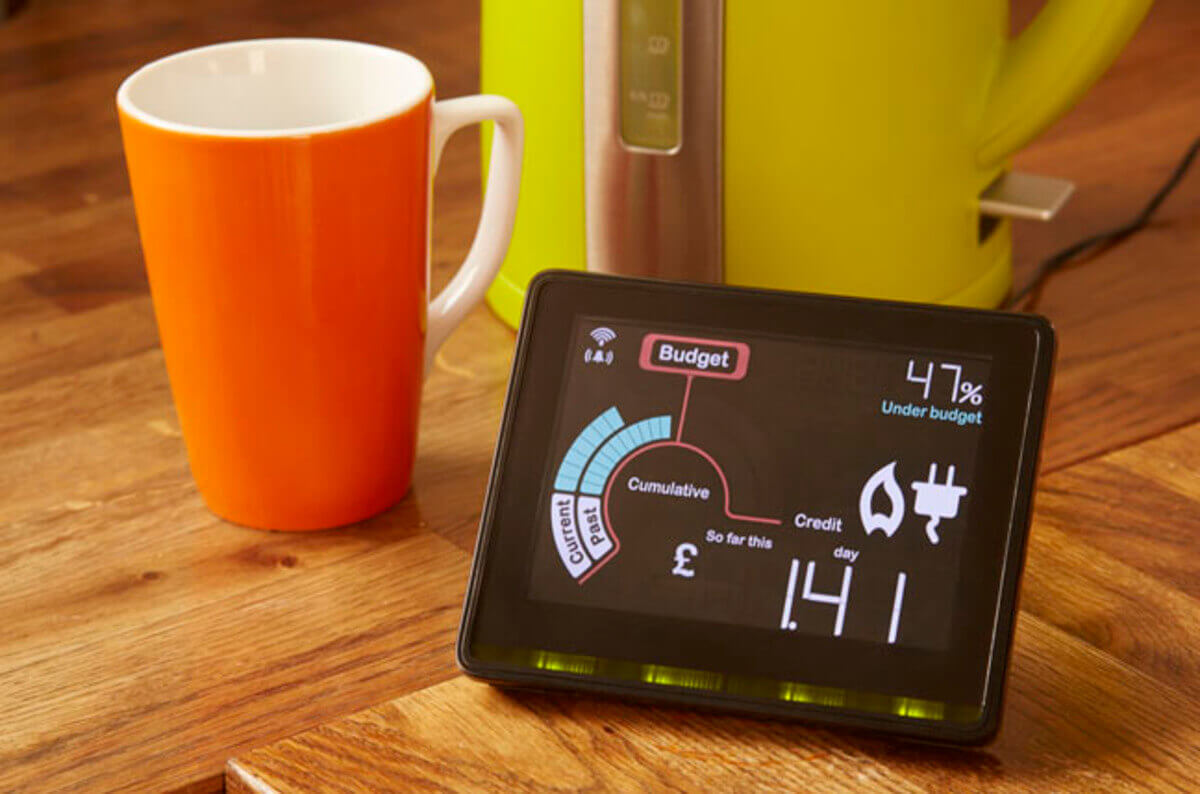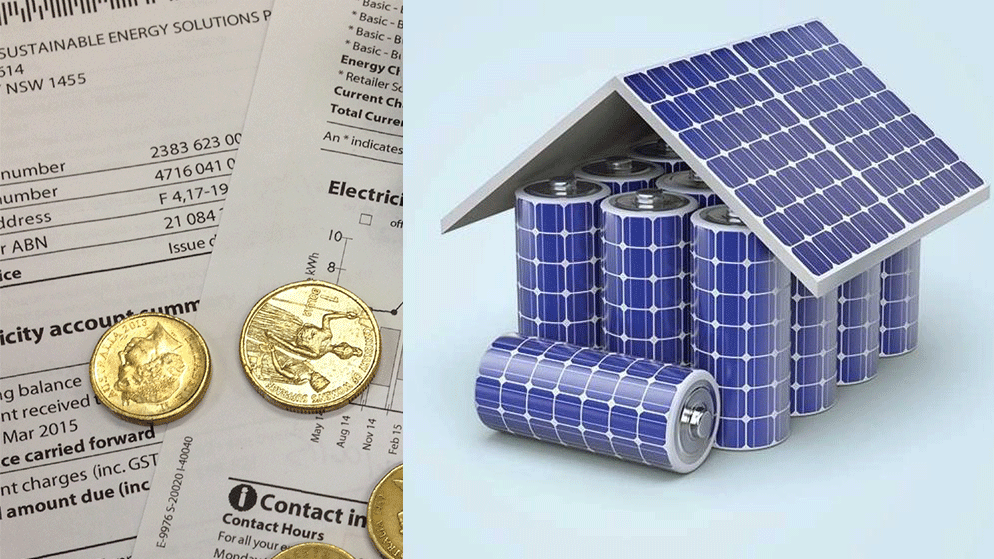With the introduction of new battery rebate programs in Queensland and the ACT this year, and a proposed rebate in NSW expected in November, the safe installation of batteries has become an increasingly important topic. A common concern among installers is determining suitable battery installation locations, particularly regarding what constitutes a habitable room and a […]
Category: Storage
AS/NZS 4777.2 2020 Updates – What You Need to Know
The 2020 updates to the inverter Standard AS/NZS 4777.2 Grid connection of energy systems via inverters, Part 2: Inverter Requirements is now available. If you’re a solar professional, you’re probably familiar with the 2015 version of the Standard. In December 2020, the Standard was updated to reflect changing conditions in the industry. These changes could […]
The Growing Potential of Stand-Alone Power Systems
Stand-Alone Power Systems (SAPS) have been an alternative and a solution for many decades to power devices, telecommunications, buildings and communities that experience practical or financial barriers to grid electrification, be it in rural areas or in developing countries. SAPS have been used to provide small scale portable lighting, water pumping, and power for general […]
Hacking the Battery Management System
First and foremost, it must be stated that GSES is very optimistic about the capability of new energy storage technology. GSES is confident that those that are involved in transition of the electricity grid are moving quickly to make new technology better, cheaper, safer and more secure. That said, a topic which has not been […]
The Pacific Perspective – The Energy Tri-lemma, Battery Storage in American Samoa and New Zealand Case Studies.
Last week Samoa held the Pacific Power Associations (PPA) 26th Annual conference in Samoa. As an allied member of the PPA and a Pacific training organisation, GSES attended the week-long conference. The Island Nations in the Pacific rely predominantly on diesel generators in large or micro-grid configurations for power supply. These Nations have turned to […]
Pumped hydro storage in Australia- can a liquid battery compete?
In the past months, there have been many discussions centered around pumped hydro storage schemes. Most notably of which is the current government announcement to expand the iconic Snowy Hydro system as well as South Australia’s investigation into pumped hydro from Spencer Gulf. It is well-known that some renewable energy systems are intermittent and their […]
Smart Meters and Real Time Pricing
Time of Use (TOU) pricing has widely been adopted for electricity billing. With TOU metering the electricity rates are divided into three different time periods – Peak, Shoulder and Off Peak which enables the retailer to charge different prices for the electricity used at different times. A new method of electricity pricing has been introduced, […]
System Economics of a Stand Alone Power Supply Systems
The power sources most familiar for the supply of renewable energy – wind, sun and water – are considered to be freely available; therefore a common assumption is that the energy provided by these power sources is also free. A stand-alone power system (SAPS), in order to take advantage of ‘free’ energy sources, costs money […]
Residential Demand Charges – What is it, and can solar and battery storage help?
With the impending closure of Hazelwood and the Prime Minister’s talk of ‘clean coal’, attention on electricity prices in 2017 has so far centred around the effect coal-fired stations have on the cost of electricity. The introduction of a new tariff charge by some utilities which have directly affected some customers from 1st January 2017, […]
Battery Storage Systems: What are their chemical hazards?
While consumer interest in battery storage systems continues, an issue often overlooked when discussing the pros and cons of battery storage systems is the chemical hazards associated with the battery technology and ways of managing these hazards. An array of battery chemistries is available on the commercial market, and the range of products continues to […]










